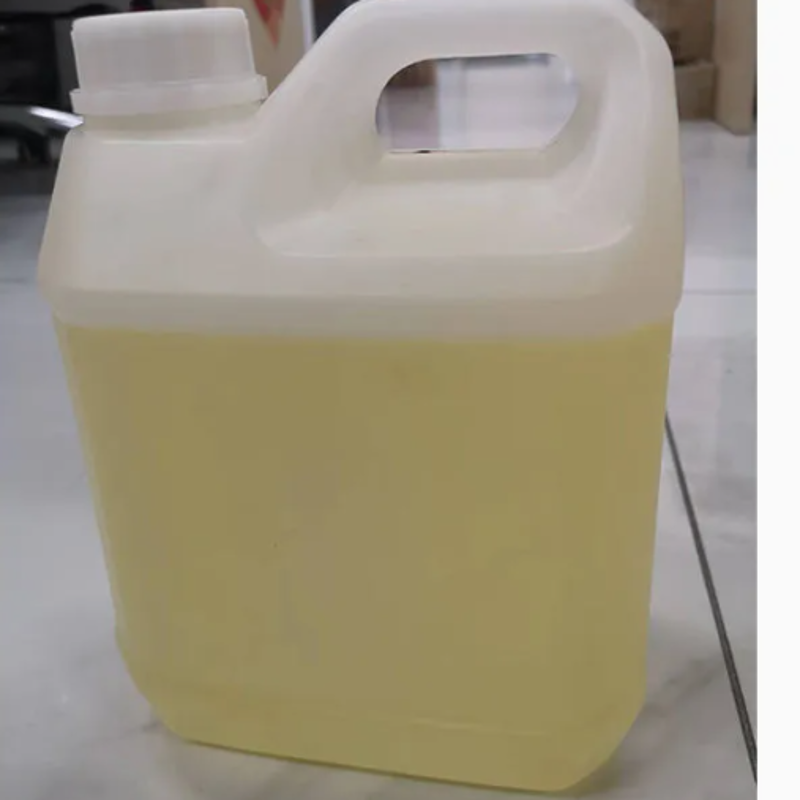-
Categories
-
Pharmaceutical Intermediates
-
Active Pharmaceutical Ingredients
-
Food Additives
- Industrial Coatings
- Agrochemicals
- Dyes and Pigments
- Surfactant
- Flavors and Fragrances
- Chemical Reagents
- Catalyst and Auxiliary
- Natural Products
- Inorganic Chemistry
-
Organic Chemistry
-
Biochemical Engineering
- Analytical Chemistry
-
Cosmetic Ingredient
- Water Treatment Chemical
-
Pharmaceutical Intermediates
Promotion
ECHEMI Mall
Wholesale
Weekly Price
Exhibition
News
-
Trade Service
According to relevant statistics, by 2020, the number of new energy vehicles on the Chinese market is expected to exceed 5 million.
plastic
Since April, demand for automotive plastics has resumed positive growth
In terms of production, from January to March, affected by the 2020 new crown pneumonia health incident and the black swan, my country's automobile production fell year-on-year.
According to the car sales data, car sales in April and May showed a slow upward trend, especially in May.
Automotive plastics are becoming the new darling of the plastics industry
In the beginning, the main goal of plasticization of auto parts was to soften the interior of the car and make passengers feel safe and comfortable.
The plastic used in automobiles in my country is generally less than 10% of the weight of the automobile, and there is still a big gap with the proportion of more than 20% of automobile plastics in Europe and the United States.
It can be seen that the prospects for plastics for automobiles in the future are quite broad.
What are the common plastics for cars?
1.
Commonly known as nylon, its constituent material is a thermoplastic resin connected by an amide bond—[NHCO]—.
2.
Polypropylene is a kind of thermoplastic resin with high heat resistance, flexural resistance, and the lightest density.
3.
Polyethylene is a universal thermoplastic plastic, and its use accounts for about 30% of the total plastic use.
4.
ABS has excellent mechanical properties and good low-temperature impact resistance.
5.
POM is a resin with a low degree of polymerization, and is easily decomposed by heat, but it has excellent wear resistance, rigidity and dimensional stability.
6.
Nylon material (PA)
Nylon is mainly used in automobile engines and engine peripheral parts.
The main varieties are GFPA6, GFPA66, and enhanced flame-retardant PA6 products.
The applications on the peripheral components of automobile engines are mainly heat-generating and vibrating components, intake pipes, engines, and so on.
The future development trend of the automotive plastics market
1.
The demand for polypropylene (PP) will increase
It is procured for automotive interiors and exteriors, and applications under the hood, often replacing metal parts.
In order to neutralize battery weight, PP will surge with the surge in electric vehicle (EV) production.
2.
Polyethylene (PE) consumption may still stagnate
Although high-density polyethylene continues to replace steel in gas tanks, the new trend affecting polyethylene demand is the surge in electric vehicles.
3.
ABS consumption may be hit
Although the consumption of ABS may be hit with the increase in the use of PP composite materials, some high-end cars will still have demand for it due to its recognized quality in automotive interiors.
4.
Polycarbonate (PC) applications will increase
Polycarbonate (PC) is setting a new standard for the lighting and electrification of autonomous vehicles and traditional cars.
In addition, PC also has excellent impact resistance, heat resistance, electrical properties and weather resistance.
The combination of toughness, hardness and stiffness will promote the application of PC in the automotive plastics industry.
5.
The demand for PVC is expected to grow to 2024
Polyvinyl chloride is attractive because of its enhanced flame retardancy, excellent flexibility, low (free) lead content and high gloss.
PVC can be molded, injection molded and blow molded to form a series of products.
Therefore, the demand for PVC for automotive dashboards and doors is expected to grow to 2024.
Automotive plastics help auto companies meet the corporate average fuel economy (CAFE) standards and better cater to market trends and consumer buying habits.
It is expected that passenger cars and public transportation vehicles will continue to use polymer technology.
PE and PVC stand out from the growing call for recyclability, and the demand for PC and PP will continue to grow.
In the next five years or even longer, the automotive plastics market will experience a significant change.
In the future, the development focus of automotive plastics is to develop reinforced composite materials and high-performance resin materials for structural parts, exterior parts, and attach great importance to the recyclability of materials.
Although automotive plastics recycling is still a global issue, automotive Plasticization has become an inevitable trend in the development of automobiles.
With the rapid development of new materials and the vigorous development of new energy vehicles, automotive plastics may usher in development.
Problems facing my country's automobile plastic recycling
To establish the environmental protection concept of automotive plastic application technology, the government's attention is the key among the key points.
In Japan, the United States, and developed European countries, each car uses more than 150KG of plastic, accounting for about 12-15% of the total weight of the car.
Due to the high attention of the governments of developed countries in the automobile industry, the promotion of the recycling of waste materials including plastics and rubber, and the actual utilization of automobile waste plastic products, the European Commission and the European Parliament have formulated the End-of-Life Vehicle Recycling Directive (ELV).
ELV has determined the two phases of "in use and reuse" and "reuse and recycling" and recycling rate targets for end-of-life automobiles, and encourages manufacturers to design the reuse and recycling between automobiles and parts.
According to the directive, at least 85% of the average weight of every scrapped car can be reused each year, of which the material recovery rate is at least 80%.
From January 1, 2015, these two indicators have been increased to 95% and 85%, respectively.
Due to the deviation of the environmental protection concept in China, and the insufficient environmental awareness and attention of some departments, the current problems in the recycling, recycling and utilization of plastics in scrap cars have not been raised to a certain level.
Quite a few still use the backward methods of combustion.
To dispose of waste plastics from automobiles, thus causing serious air pollution problems.
From the perspective of long-term interests and environmental protection, while focusing on addressing air pollution, sufficient attention should be paid to the pollution caused by waste plastics and rubber and other materials in automobiles.
At present, the environmental pollution caused by waste plastics removed from cars has become more and more serious in our country.
The relevant state departments should quickly take measures and formulate relevant policies to solve this problem, and improve energy conservation and material saving regulations and reprocessing scrap metal as soon as possible.
Regulations on waste products such as plastics and rubber.
In addition, the recycling of plastics, especially the recycling of fiber-reinforced composite materials and multi-material parts, is an issue related to the sustainable development of automotive plastic applications in the future.
According to the principle of who produces and who recycles, it is recommended that OEMs and plastic parts factories jointly develop technology research and development on the recycling of plastic parts.
The research and development work can be carried out from three aspects according to the different plastic parts: Research on the recycling and reuse technology of multi-material components (such as automobile dashboard assembly and door guards) and recycling technology; research on the recycling of thermoset fiber-reinforced composite materials (such as SMC and RTM components) Technical research.
In the future, the research, design, production and circulation departments of my country's automobile industry and related industries should work hard to carry out research and development of automobile waste plastic recycling and recycling technologies, and strive to make automobile waste plastics no longer pollute in a relatively short period of time.
The environment, environmental protection and sustainable development problems that plague people.
(Keyword: Plastic)







